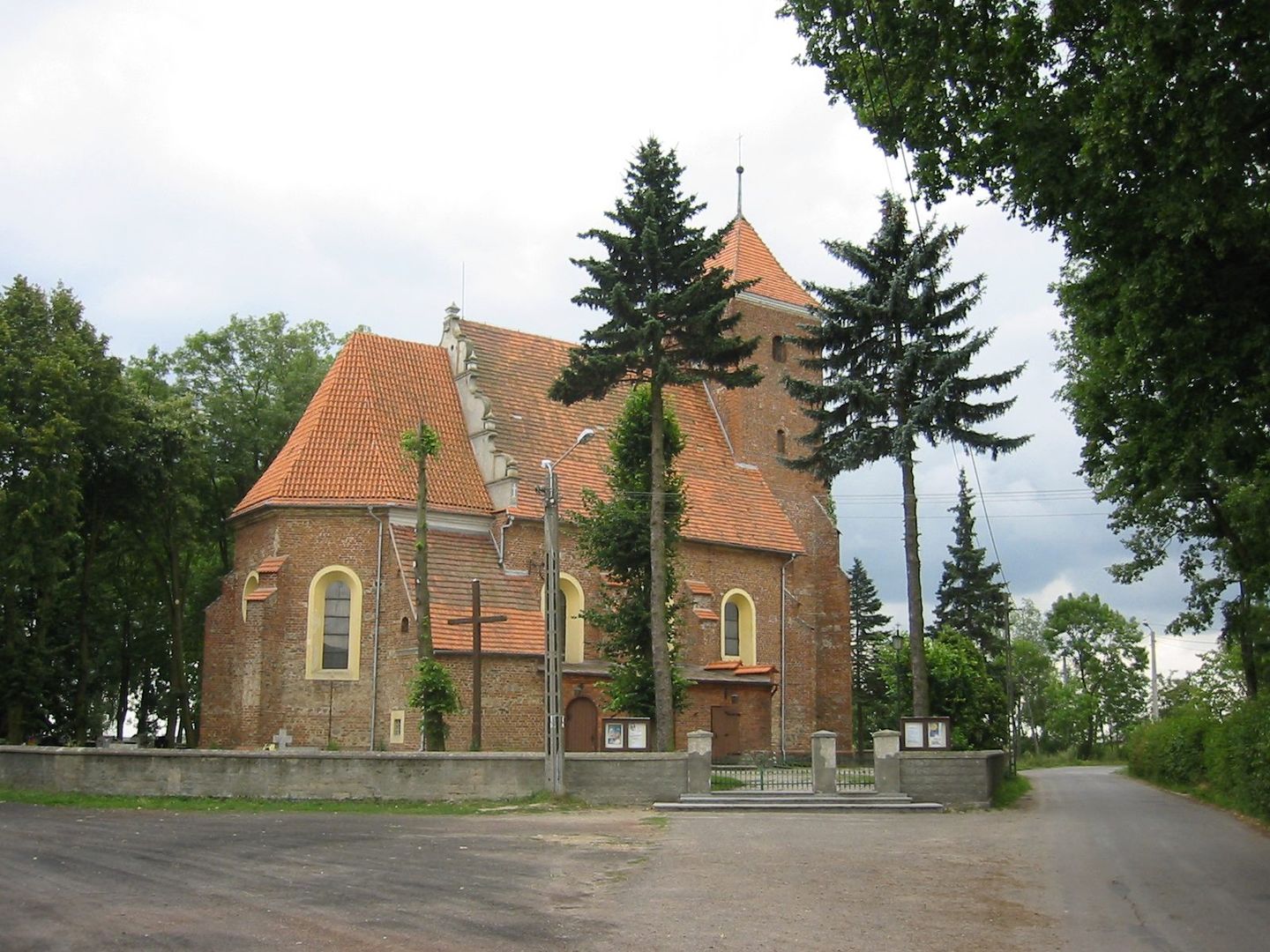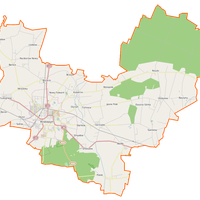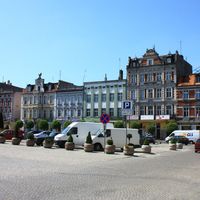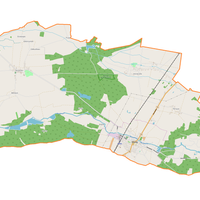Krotoszyn County
6.92

Overview
Krotoszyn County, located in the Greater Poland Voivodeship, was established in 1999 as a result of the administrative reform, with the town of Krotoszyn serving as its seat. The region boasts a rich history dating back to the era of the Polish–Lithuanian Commonwealth, when it functioned as an administrative unit from 1791 to 1793, and later during the Prussian Partition and the Second Polish Republic. Today, the county consists of urban and urban-rural municipalities, including Sulmierzyce, Kobylin, Koźmin Wielkopolski, and Krotoszyn. The region is also home to several interesting towns, such as Zduny and Rozdrażew.
From a demographic perspective, the population has remained stable in recent years, hovering around 77,000 residents, with a low unemployment rate of 2.8% as of the end of September 2019. Over the years, the county authorities have implemented various local initiatives, with notable figures such as Stanisław Ratajski, Leszek Kulka, and the current starosta (county head), Stanisław Szczotka, playing key roles.
Architecturally, Krotoszyn County captivates with its diversity of historical monuments, including the Neo-Gothic church in Krotoszyn and numerous villas from the turn of the 19th and 20th centuries, attracting architecture enthusiasts. Culturally, the region hosts a variety of events that highlight local traditions and history, such as festivals, fairs, and exhibitions, alongside a vibrant interest in folklore.
An interesting fact is that Krotoszyn County has undergone various administrative changes over the centuries, with its borders and structure evolving significantly. As a result, the area is not only a place to live but also an important point on Poland's historical and cultural map, enriched by numerous traditions and events that shape its character and development.
Location
Country
2025 Wizytor | All Rights Reserved






